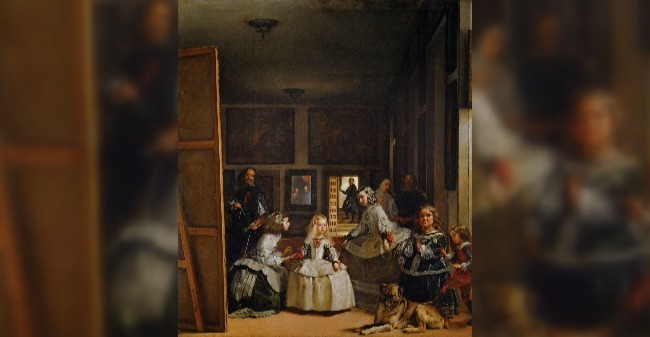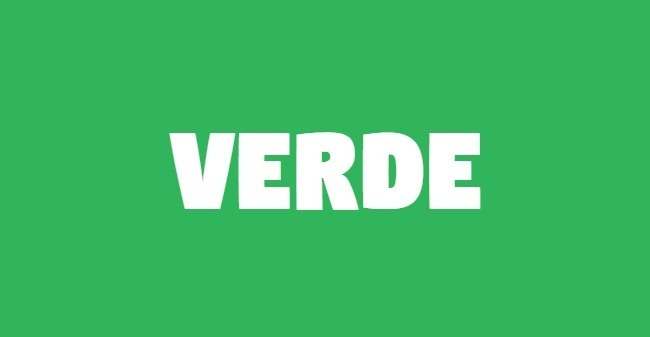Baroque art emerged in Italy and consolidated from the 17th century onwards in Europe and America. This movement was inspired by the artistic works of classical antiquity and sought to restore the strength of the Catholic Church, shaken by the Protestant Reformation.
Baroque has manifested itself in the most diverse fields of art, such as painting, architecture, music, sculpture, etc. With each field having its own particularity in terms of style, we have gathered some of the main characteristics that encompass this artistic movement.
1. It is a 'tool' of Counter-Reform

The baroque movement emerged as a way of opposition to Protestant Reformation led by Martin Luther in the mid-16th century.
Furthermore, the main objective of Baroque art was to help preserve theocentric ideals (God as the center of the Universe) that were strong during the Middle Ages, but that opposed the logic defended by the Renaissance.
Thus, with the sponsorship of the clergy and monarchs, baroque artists began to create sacred works where the theme was almost always directed towards human emotions and their spirituality. In short, it represented the relationship he had with the divine, from the point of view of the Catholic Church.
2. Duality between body pleasures and spirituality

The constant conflict between the "worldly pleasures" defended by the Renaissance and the divine devotion preached by Counter-Reformation was always present in the works of Baroque artists.
According to the Baroque, people could not live in balance between the will of God and man. It was necessary to choose a side. This caused a feeling of great anguish to settle in the Baroque artists, who enjoyed worldly pleasures but then desperately sought God's forgiveness.
This duality is portrayed in several works of this style, mainly in sculptures and paintings. The representation of episodes of biblical passages and the daily life of the nobility (main funder of the movement) are some examples of recurring themes.
Find out more about the Rebirth.
3. Cultism and Conceptism
These are two stylistic features of literary baroque, representing the main formats of aesthetic constructions in the works.
Cultism (also known as gongorism) is characterized by bringing together an elaborate, extravagant and cultured vocabulary. In addition, it also has a great appeal to style figures (with emphasis on complex metaphors and hyperboles) and word games.
The poet Gregório de Matos (1636 - 1696) is one of the main examples of artists in Baroque literature who adopted the cultist aesthetic in their poetic texts.
Conceptism (also called Quevedism), in turn, is characterized by logical textual construction, focused on rhetoric, that is, with the purpose of teaching or convincing the reader through rational arguments.
This style is more common in prose and is marked by the play of ideas and concepts, while Cultism is used in poetry and is characterized by the "play of words".
The writer Father Antônio Vieira (1608 - 1697) is considered the main representative of the conceptist prose.
4. Shadows and lights: the enhancement of contrast

In plastic arts, the Baroque movement is characterized by the presence of the contrast created between shadow and light. This play of contrasting colors reinforces the idea of dualism present in the themes addressed by the Baroque: good and evil, God and the Devil, body and spirit, etc.
The contrast in the Baroque works still helped to accentuate the realism and the dramatic, somber and sometimes pessimistic tone they possessed. In addition, these techniques were illusory effects in the work, they served as a reinforcement for the purpose of transmitting emotions.
5. Far-fetched works rich in details

Another peculiarity of baroque aesthetics is the richness of detail, mainly in sculptures and architectural works. Curvilinear shapes, twisted columns and various decorative details are common in works inserted in the Baroque movement.
Dramatic expressiveness is another characteristic of this artistic style, marked by exaggeratedly emotional human features, mainly conveying the feeling of sadness and suffering.
Baroque art, with an emphasis on architecture, is essentially marked by complexity. Symbolic and allegorical elements, with reliefs, curves and lines with exaggerated movements are also hallmarks of the style.
Among the materials used to make the Baroque works, gold, colored marble and other decorative stones can be highlighted.
6. emotion about reason

Baroque art prioritizes the emphasis on features, highlighting or exaggerating the transmission of emotions. In this way, from the theatricality of the spectacular movements, the drama which is typical of this artistic movement.
One of the objectives of the Baroque painters was to awaken emotions in those who contemplated their works. This medium was achieved precisely through the dramatic overload given to the works, mainly when using some of the previously mentioned techniques (shadows and light, for example).
7. Aesthetic enhancement
Finally, the predominance of valuing the aesthetic aspect of the work is highlighted, being its content less meaningful than its appearance, in some cases.
Because it is concerned with showing a wealth of details and exaggerations in its aesthetic form, baroque art, in the its various fields, may not present this same level of complexity with regard to the content of the construction.
Unlike the conceptist prose of Baroque literature, the other works were aimed at awakening emotions through visual refinement. There is no need to develop a rational logic in the Baroque work, as it wanted to reach the observer's faith through emotion.
Learn more about Baroque.


